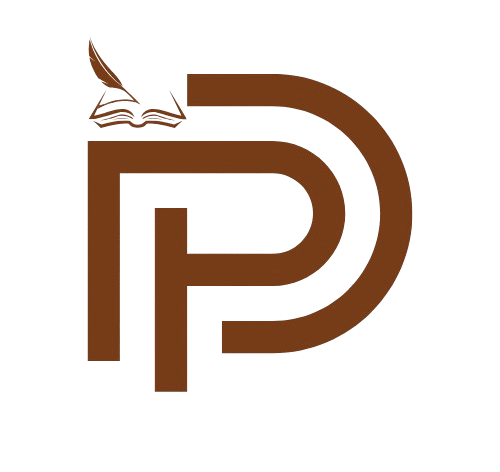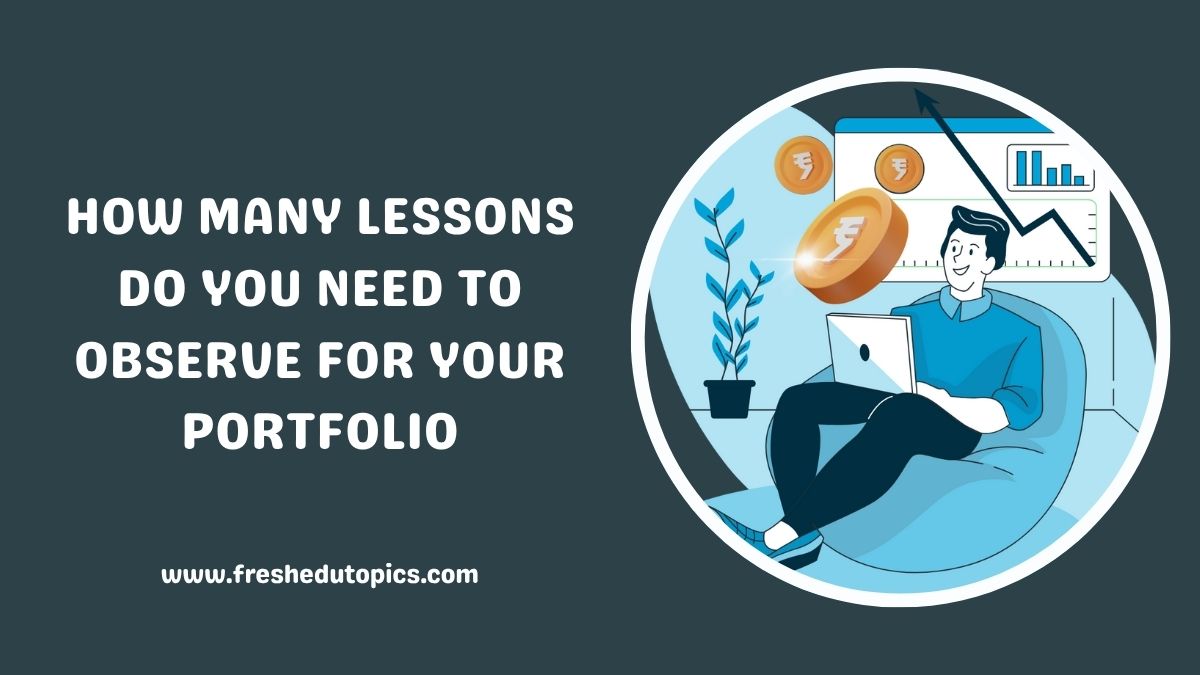When preparing a professional teaching portfolio, one common question that arises is how many lessons do you need to observe for your portfolio. A teaching portfolio is an important tool for educators, student teachers, and trainees. It helps showcase skills, knowledge, and experience in teaching. Observing lessons plays a key role in building this portfolio because it allows you to learn different teaching strategies, classroom management techniques, and effective ways to engage students. The number of lessons you need to observe can depend on your training program, school requirements, and personal goals.
In this blog, we will discuss everything you need to know about lesson observations for your portfolio in a simple and clear way.
Understanding Lesson Observation
Lesson observation is the process of watching another teacher conduct a class. This process helps you see teaching methods in action, understand how lessons are planned, and notice how students respond to different approaches. It is an important part of teacher training and professional development. Observations allow you to learn from experienced educators and apply those insights in your own teaching.
Also read: What Information Does the Sharps Log Need to Contain?
Why Lesson Observation Matters for Your Portfolio
Including lesson observations in your portfolio shows that you have taken the time to learn from others and understand real classroom situations. It demonstrates your willingness to improve and adapt your teaching style. Observations can help you:
- Understand lesson planning techniques.
- See how different teaching methods work in practice.
- Learn classroom management skills.
- Gain ideas for engaging and motivating students.
- Identify areas for your own professional growth.
How Many Lessons Do You Need to Observe?
The exact number of lessons you need to observe for your portfolio depends on several factors:
1. Training Program Requirements
If you are in a teacher training program, the institution will usually set a specific number of lessons you must observe. This could range from 5 to 15 observations, depending on the program length and structure.
2. School or District Guidelines
Some schools or districts may have their own requirements for lesson observations. This is especially common during teacher induction periods.
3. Portfolio Purpose
If your portfolio is for job applications, you may only need to include a small number of high-quality observations that showcase your understanding of teaching strategies.
4. Personal Goals
You may choose to observe more lessons than required to gain more experience. This is helpful if you want to develop skills in specific areas such as classroom technology, special education, or differentiated instruction.
Quality Over Quantity
While the number of lessons is important, the quality of your observations matters even more. Observing five lessons carefully and writing detailed reflection notes can be more valuable than watching twenty lessons without proper analysis.
When observing, focus on:
- Lesson objectives and how they are introduced.
- Teaching methods and materials used.
- Student engagement and participation.
- Classroom management strategies.
- How the teacher checks for understanding.
Documenting Your Observations for the Portfolio
To include lesson observations in your portfolio, you should record them in a structured way. A good observation record usually contains:
- Date and time of observation
- Class grade and subject
- Lesson objectives
- Teaching strategies used
- Student responses and participation
- Key takeaways and personal reflections
These records not only show what you observed but also demonstrate your ability to reflect critically on teaching practices.
Common Mistakes to Avoid
When including lesson observations in your portfolio, avoid the following mistakes:
- Observing without taking notes.
- Only focusing on what the teacher does, without noticing student behavior.
- Ignoring the lesson’s structure and flow.
- Writing vague or incomplete observation records.
Tips to Maximize Your Lesson Observations
- Ask permission from the teacher before observing.
- Sit where you can see both the teacher and students.
- Pay attention to details such as transitions between activities.
- Reflect after each observation to connect what you saw with your own teaching style.
- Compare different observations to see patterns in effective teaching.
Adapting Observations to Your Portfolio Needs
If your portfolio is for academic assessment, you may need to follow a formal template provided by your institution. If it is for job applications, focus on showing a range of observations that highlight your understanding of teaching in different contexts.
For example:
- Observing different grade levels.
- Observing various subjects.
- Observing teachers with different teaching styles.
This variety can make your portfolio stronger and more impressive.
Final Thoughts on Lesson Observation Requirements
There is no single universal answer to how many lessons do you need to observe for your portfolio because it depends on your program, goals, and institution guidelines. However, aiming for a minimum of 5 to 10 well-documented observations is a good starting point for most teaching portfolios.
Also read: Breaking Social Norms Project Ideas
Conclusion
The answer to how many lessons do you need to observe for your portfolio depends on official requirements, personal learning goals, and the type of portfolio you are preparing. While numbers matter, the depth and quality of your observations are far more important than quantity alone. A portfolio that contains carefully chosen and well-reflected lesson observations will show your growth as an educator and your dedication to learning from others.
Whether you observe five lessons or fifteen, make sure each one adds real value to your skills and understanding as a teacher. This will help you present a strong and meaningful portfolio that truly reflects your teaching potential.

